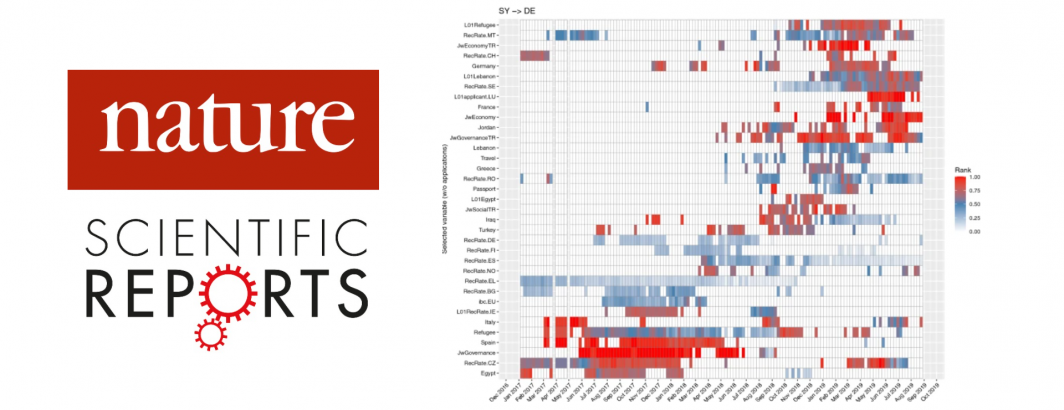
A powerful new study in Nature Scientific Reports by researchers from the European Asylum Support Office (EASO) presents a data-driven forecasting system for asylum-related migration flows combining GDELT and Google Trends.
The sudden and unexpected migration flows that reached Europe during the so-called ‘refugee crisis’ of 2015–2016 left governments unprepared, exposing significant shortcomings in the field of migration forecasting. Forecasting asylum-related migration is indeed problematic. Migration is a complex system, drivers are composite, measurement incorporates uncertainty, and most migration theories are either under-specified or hardly actionable. As a result, approaches to forecasting generally focus on specific migration flows, and the results are often inconsistent and difficult to generalise. Here we present an adaptive machine learning algorithm that integrates administrative statistics and non-traditional data sources at scale to effectively forecast asylum-related migration flows. We focus on asylum applications lodged in countries of the European Union (EU) by nationals of all countries of origin worldwide, but the same approach can be applied in any context provided adequate migration or asylum data are available. Uniquely, our approach (a) monitors drivers in countries of origin and destination to detect early onset change; (b) models individual country-to-country migration flows separately and on moving time windows; (c) estimates the effects of individual drivers, including lagged effects; (d) delivers forecasts of asylum applications up to four weeks ahead; (e) assesses how patterns of drivers shift over time to describe the functioning and change of migration systems. Our approach draws on migration theory and modelling, international protection, and data science to deliver what is, to our knowledge, the first comprehensive system for forecasting asylum applications based on adaptive models and data at scale. Importantly, this approach can be extended to forecast other social processes.